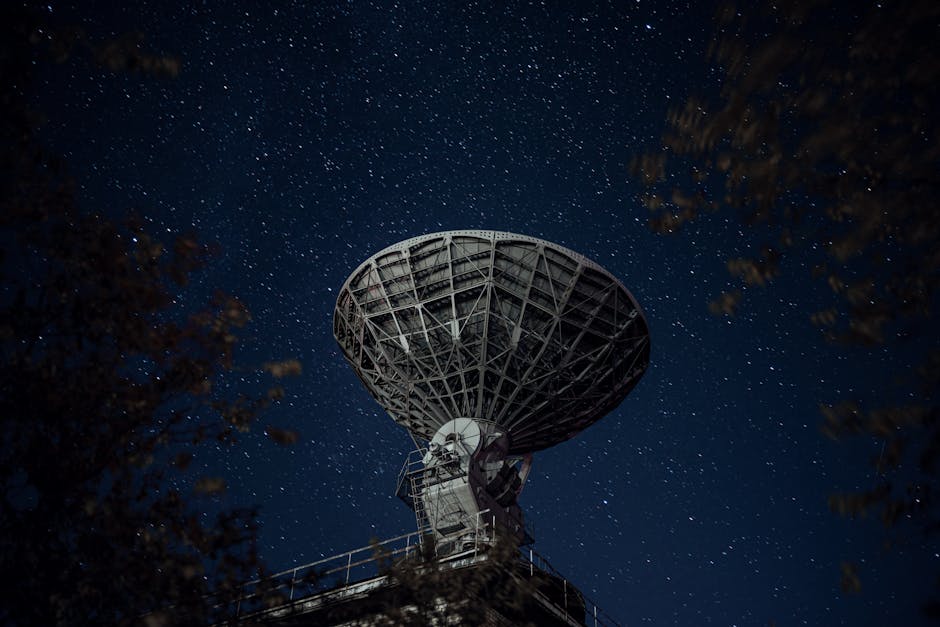NISAR: Dual-SAR Earth Observation Satellite Launches End 2022
NISAR: Dual-SAR Earth Observation Satellite Launches End 2022

The NASA-ISRO SAR (NISAR) mission, a joint effort leveraging the expertise of NASA’s Jet Propulsion Laboratory (JPL) and the Indian Space Research Organisation (ISRO), is poised for launch in late December 2022 or early 2023.
NISAR employs a dual-frequency synthetic aperture radar (SAR) system – L-band (JPL) and S-band (ISRO) – to provide unprecedented high-resolution, global monitoring of Earth’s surface changes. This includes detecting movements as small as 0.4 inches across areas roughly the size of a half-tennis court.
The satellite’s 90-minute orbital period ensures complete global coverage within 12 days, enabling near real-time observation of phenomena such as earthquakes, landslides, floods, and changes in ice, biomass, and coastal regions. Data will be publicly available within six months of acquisition.
This mission addresses a critical need for continuous, high-resolution Earth observation data to improve understanding of climate change impacts and enhance disaster response capabilities. The data’s potential applications span various fields, including resource management, agriculture, forestry, and hazard mitigation.
While NISAR is not predictive of events, its high-resolution data offers invaluable insights into the dynamics of geophysical processes and environmental changes, providing crucial information for policymakers and researchers for years to come.
The collaboration between NASA and ISRO underscores the benefits of international partnerships in addressing complex global challenges, demonstrating a successful model for large-scale Earth observation initiatives.
Disclaimer: This content is aggregated from public sources online. Please verify information independently. If you believe your rights have been infringed, contact us for removal.